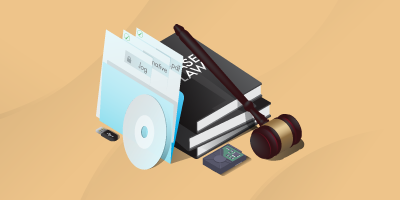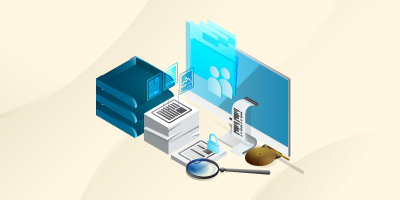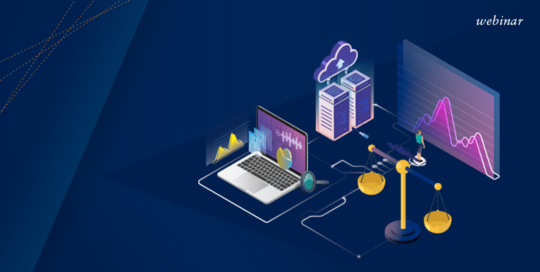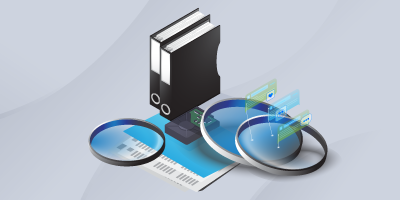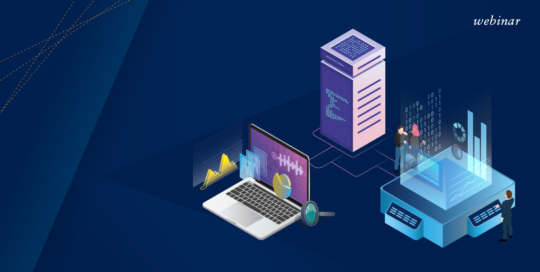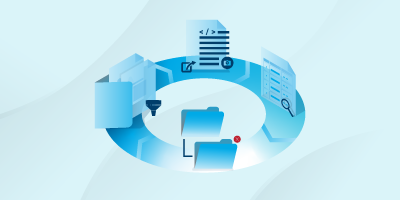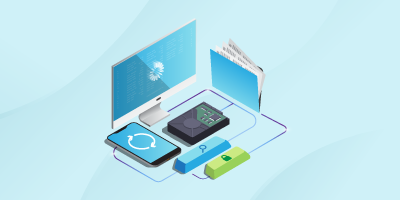Despite years of discussion in the eDiscovery industry about the power and importance of sampling techniques – particularly in the context of technology-assisted review (TAR), many practitioners remain unfamiliar with what they can accomplish with them, and when, outside of TAR, they might do so.
Six Data Protection Strategies for Legal Teams: Mitigating Risk, Maintaining Reputation
No organization is immune from cyber incidents. Although helpful, minimalist data protection practices are often not enough to save organizations from costly data loss and embarrassing reputational damage. This Practice Guide reviews six strategies for mitigating the risk of cyber incidents in your organization.
Clear the Final Merger Hurdle: A Guide to Second Requests in the Age of Analytics
Second Requests are high velocity, high volume, and high visibility — under normal circumstances. Now, as legal departments are facing an unprecedented post-pandemic economy and an ever-growing reliance on digital communication, the demands in this final merger step are higher than ever.
Collecting Data from Mobile Devices and Their Applications
Due to the popularity and volume of mobile devices being used throughout the world, they have become common sources of digital evidence in litigation proceedings. It is important to understand the different types of data that can be extracted from mobile devices, mobile device backups, and the cloud.
Why Now Is the Time for Legal Teams to Invest in Self-Service eDiscovery
This white paper reviews what you need to know about self-service eDiscovery, including the problems it’s designed to solve and the benefits it brings to the practice of law.
Digital Data Collections in Accordance with the Disclosure Pilot Scheme
The preservation and collection of ESI is the foundation of any disclosure exercise. In the Business and Property Courts of England and Wales, the gathering of ESI must be conducted in accordance with the Practice Direction 51U - Disclosure Pilot Scheme.
ED107 – The Final Countdown: Production Fundamentals
Production is another discovery activity, like collection and processing, in which technical decisions can have logistical and legal effects. For this reason, it is important for practitioners to understand the fundamentals of production.
ED106 – The Main Event: Review Fundamentals
Document review is typically the most expensive phase of a discovery project, even with the sophisticated tools and techniques available today. Past studies have attributed more than half of discovery costs to review.
Webinar: Microsoft 365 eDiscovery Session for Law Firms
Webinar: Microsoft 365 eDiscovery Session for Law Firms This webinar conducts a deep-dive into M365’s E3 Core eDiscovery and E5 Advanced Discovery offerings. We review how to best advise clients on managing
ED105 – Clearing the Fog of War: ECA Fundamentals
The fog of war is apt shorthand for the state of uncertainty that exists early in a new legal matter: What are the facts? What are the risks? What evidence exists, and what does it show? Early case assessment (ECA) is how we start to answer those questions.
Webinar: How Your Organization Can Use the Microsoft 365 Compliance Center
Webinar: How Your Organization Can Use the Microsoft 365 Compliance Center In this webinar we discuss key functionality covering the intersection of Data Classification and Data Security. We review the drivers for
Webinar: Microsoft 365 for Core eDiscovery and Advanced eDiscovery
Webinar: Microsoft 365 for Core eDiscovery and Advanced eDiscovery In this webinar we conduct a deep-dive session into Microsoft 365’s E3 Core eDiscovery and E5 Advanced Discovery offerings. We review how to
ED104 – Time to Make the Donuts: Processing Fundamentals
The range of potential ESI sources is continually multiplying and diversifying. Processing is how we work with that diverse range of materials without using as many different pieces of software as there are types of sources and how we enable searching and document identification across different source types.
Webinar: In the Beginning: Identification and Preservation Fundamentals
ESI spoliation remains a frequent issue – particularly in the gray area where new devices, applications, or services are transitioning from niche adoption to mainstream use. Hence the importance of these phases in an eDiscovery effort: almost every other type of failure can be fixed with adequate time and money, but once unique, relevant ESI is gone, it’s gone.
ED103 – The Grand Scavenger Hunt: Collection Fundamentals
With source types multiplying – including challenging sources like smartphones, social media, and collaboration tools, it is more important than ever for legal practitioners of all types to familiarize themselves with the fundamentals of collection so that they can assist in spotting potential issues and identifying appropriate solutions.
Impacting Diversity & Inclusion with Sky Analytics
Impacting Diversity & Inclusion with Sky Analytics Better understand diversity & inclusion metrics of outside legal partners. Aggregates all of your outside legal diversity & spend data into an easy-to-understand platform
Solutions for Energy
Solutions for Energy Specialist Document Reviewer lawyers, recruited for their Energy sector expertise covering market pricing, contracts, privilege, royalty litigation and intellectual property Global data infrastructure and review environments can be
Case Study: Conceptual Analytics Assists with Department of Justice Request
Conceptual Analytics Assists with Department of Justice Request Client Challenge The government requested that the client look into potential violations of the Stark Law - a regulation which prohibits physician referrals
ED102 – In the Beginning: Identification and Preservation Fundamentals
Identification and preservation are the first and most fundamental phases of an electronic discovery effort. The duty of (identification and) preservation is a foundational concept in our legal system that grows out of the common law concept of “spoliation,” which is nearly 300 years old.
ED101 – The Evolving Duty of Technology Competence
In discovery specifically, and in legal practice generally, the role of electronically-stored information (ESI) and new technology has grown exponentially over the past decade, as new sources have proliferated, new tools have become normalized, and new communication channels have supplanted the old.






